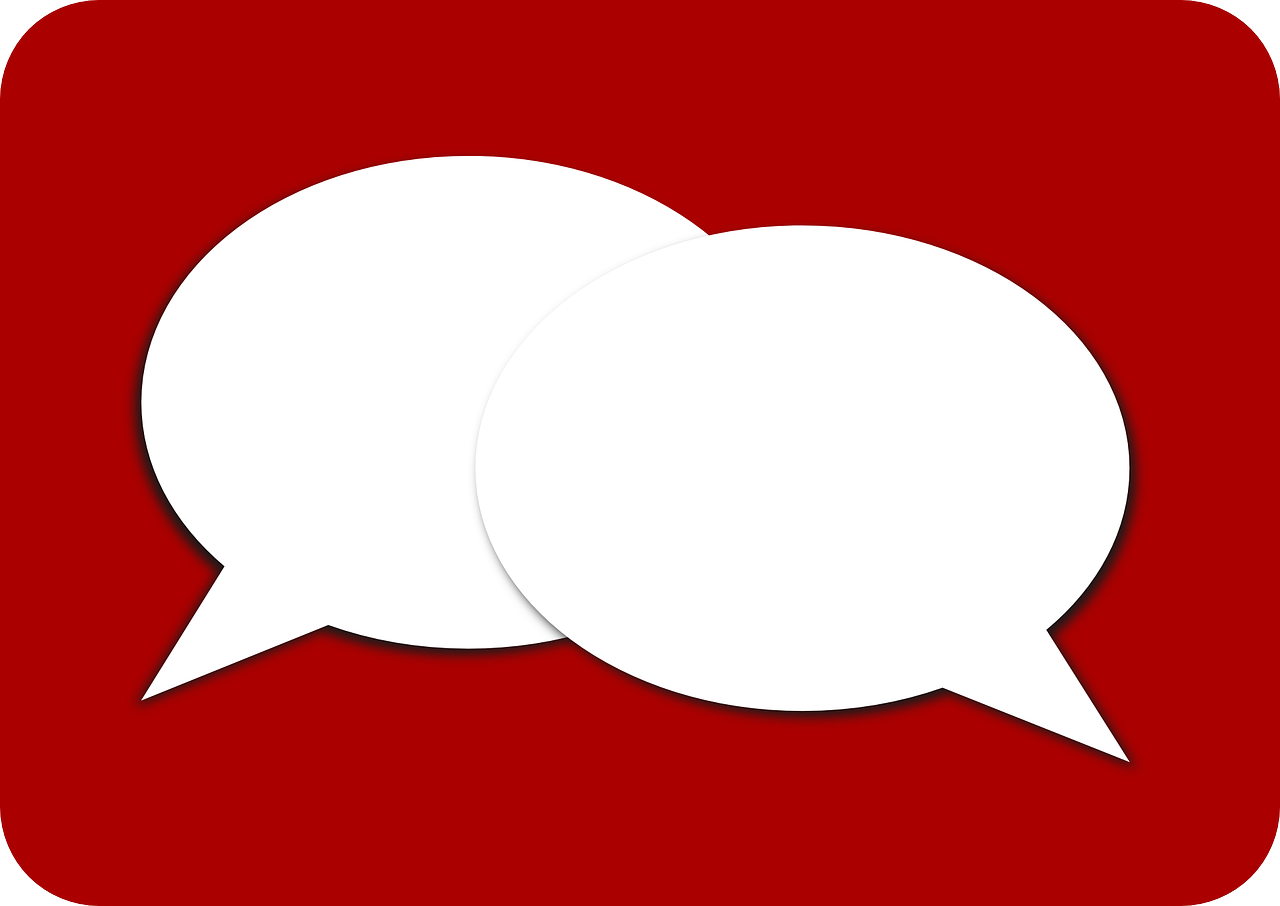Collaboration vs Programming in Libraries

New Items, New Ideas, Old Resources
Public libraries are increasingly transitioning away from our traditional model to less specifically defined public spaces, such as the “community center” library. While many librarians are excited to try out nontraditional items, programs, and spaces, we often have problems convincing patrons and stakeholders to be involved in such departures from the norm. One way around this is through more open and increased collaboration.
Futures of Libraries 11.0 and Nina Simon
The Futures of Libraries 11.0 conference happened at San Francisco Public Library’s Main branch on September 29th. Keynote Speaker Nina Simon asked some very relevant questions based on her experience with experimental community engagement in the Santa Cruz Museum of Art & History. Perhaps her most provocative point was made when she posed a question related to community interaction, asking, “How do you build a radically collaborative institution?”
Our Knowledge/Their Awareness
Many libraries are expanding services and trying to create more active community spaces. However, getting patrons and stakeholders to understand how our changes better serve them can be an uphill battle. Fundamentally, this is an issue in communication. The question libraries need to ask when considering new programing is: how do we get our communities and stakeholders to not only understand this is happening, but also to be active participants?
Programming Versus Collaboration
Libraries aren’t always successful at promoting awareness, let alone encouraging community members to collaborate with us. Putting up flyers and sending out emails (our two most typical modes of communicating new goings-on) are often insufficient. Relying on word of mouth, Twitter, or Facebook is great, but these are hardly consistent systems, and let’s be honest: are any of our Facebook posts going viral? Simon discussed the way building larger programs isn’t just about expanding them (turning one staff member with fifteen patrons into two staff members with thirty patrons) but converting programming into platforms we can provide to large numbers of people. This got me thinking about the difference between those two ideas. Libraries are comfortable providing programs and inviting people to consume them. But programming is, by its nature, a little stiff. It’s . . . well . . . programmed. Platforms are meant to be more involved; they’re meant for use and interaction rather than consumption. Maybe if we try thinking about collaborating with patrons instead of providing them with programing we will be able to reach more of our communities. Maybe the way to increase the reach of our programs is to stop thinking only about programming.
Making It Work
Creating awareness isn’t the same as encouraging collaboration, and, as Simon pointed out at Futures, collaboration is important for expansion. Building platforms for collaboration is one way we can invite new community members inside and interact with communities in a new way. That’s something libraries should be trying to do.
LINKS:
Santa Cruz Museum of Art and & History
Tags: community partnerships, library collaboration, partnerships












